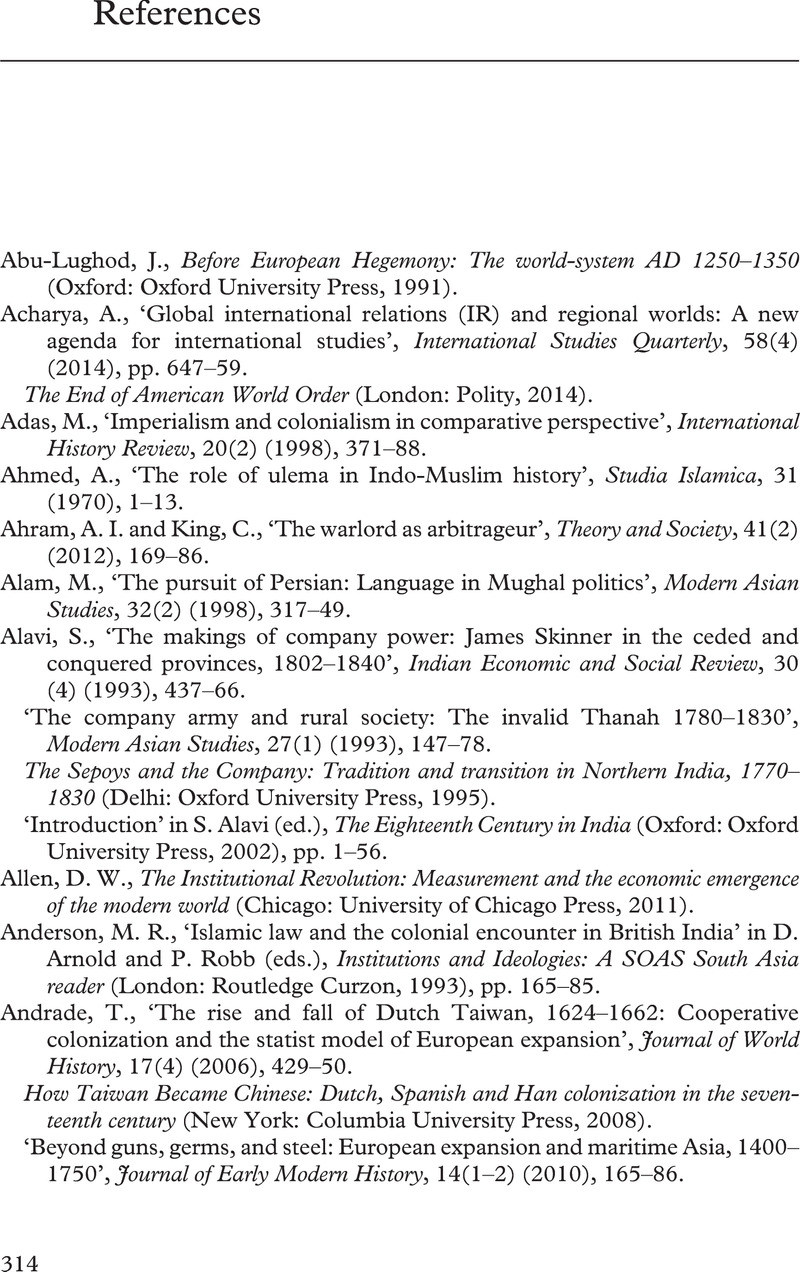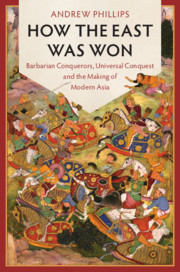Book contents
- How the East Was Won
- LSE International Studies
- How the East Was Won
- Copyright page
- Dedication
- Contents
- Maps
- Preface and Acknowledgements
- Introduction
- 1 From the Rise of the West to How the East Was Won
- 2 The Eurasian Transformation
- 3 The Rise of Asia’s Terrestrial Empires
- 4 European Infiltration and Asian Consolidation in Maritime Asia, 1600–1700
- 5 The Great Asian Divergence
- 6 The East India Company and the Rise of British India, 1740–1820
- 7 Crises of Empire and the Reconstitution of International Orders in South and East Asia, 1820–1880
- Conclusion
- References
- Index
- References
References
Published online by Cambridge University Press: 01 October 2021
- How the East Was Won
- LSE International Studies
- How the East Was Won
- Copyright page
- Dedication
- Contents
- Maps
- Preface and Acknowledgements
- Introduction
- 1 From the Rise of the West to How the East Was Won
- 2 The Eurasian Transformation
- 3 The Rise of Asia’s Terrestrial Empires
- 4 European Infiltration and Asian Consolidation in Maritime Asia, 1600–1700
- 5 The Great Asian Divergence
- 6 The East India Company and the Rise of British India, 1740–1820
- 7 Crises of Empire and the Reconstitution of International Orders in South and East Asia, 1820–1880
- Conclusion
- References
- Index
- References
Summary

- Type
- Chapter
- Information
- How the East Was WonBarbarian Conquerors, Universal Conquest and the Making of Modern Asia, pp. 314 - 337Publisher: Cambridge University PressPrint publication year: 2021

